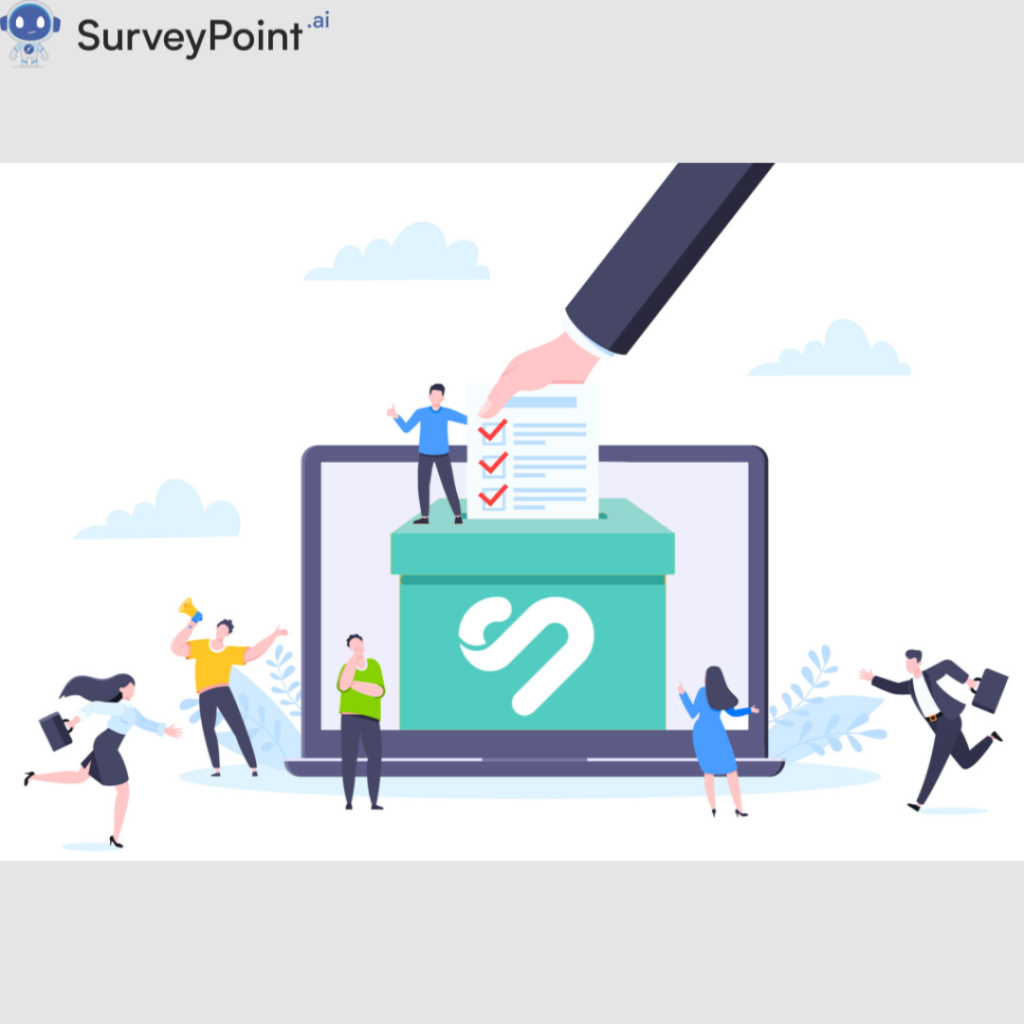
Creating a website that truly reflects a client’s vision and meets their business goals requires a deep understanding of their needs and expectations. This is where a well-crafted client questionnaire comes into play. A comprehensive questionnaire not only streamlines the design process but also fosters clear communication between the designer and the client. In this blog, we’ll explore the essential components of an effective website client questionnaire, ensuring you gather all the necessary information for a successful project.
Basic Information
Start with the fundamentals. Collect the client’s name, contact information, and company name. Understanding their role within the company helps tailor your communication and expectations.
Next, request a brief description of the business. This should include the mission statement, core values, and a summary of the products or services offered. Knowing the client’s business background will guide your design choices and content strategy.
Project Goals and Objectives
Identify the primary goal of the website. Is it meant to inform, sell products, showcase a portfolio, or something else? This clarity will influence the overall design and functionality.
Discuss how success will be measured. Common KPIs include traffic numbers, conversion rates, and user engagement metrics. Establishing these indicators upfront helps in assessing the website’s performance post-launch.
Target Audience
Gather detailed information about the target audience. Who are they? What are their demographics? Understanding your client’s audience is crucial for creating relevant content and an engaging user experience.
Discuss the common challenges faced by the target audience. What solutions does the client’s website offer? This insight will help in designing a user-centric website that addresses specific needs.
Competitor Analysis
Ask for a list of direct and indirect competitors. Knowing who the client views as competitors helps in crafting a unique value proposition for their website.
Request links to competitor websites and insights on what works well and what doesn’t. This analysis can inform design choices and highlight areas for differentiation.
Design Preferences
Explore the client’s aesthetic preferences. What style resonates with them—modern, minimalist, corporate? Discuss color schemes, typography, and any existing branding elements that need to be incorporated.
Encourage clients to share examples of websites they admire. What specific features or design elements do they like? This will help align your vision with theirs.
Content Requirements
Inquire about any existing content the client has, including text, images, and videos. This will help assess what can be reused and what needs to be created from scratch.
Discuss the tone and voice of the content. What key messages should be communicated? This clarity will ensure that the content resonates with the target audience.
Functional Requirements
Identify essential features for the website. This could include contact forms, e-commerce capabilities, blogs, galleries, and more. Understanding these needs early on is critical for planning the website’s architecture.
Discuss necessary third-party integrations, such as CRM systems, payment gateways, and social media platforms. Knowing these requirements will inform the development process.
Technical Considerations
Ask about the current hosting provider and domain details. If the client doesn’t have these yet, discuss preferences for hosting services and domain registration.
Inquire about the client’s desired SEO features, such as keyword targeting and meta tags. Additionally, discuss which tools will be used for tracking analytics post-launch.
Budget and Timeline
Discuss the estimated budget for the project. A clear understanding of the financial parameters will help in making design decisions and prioritizing features.
Establish the desired launch date and key milestones along the way. This helps manage expectations and ensures timely delivery.
Maintenance and Support
Clarify expectations for ongoing maintenance and support after the website is live. Will the client manage it themselves, or do they require full-service support?
Discuss any training needs for the client’s team regarding content management systems (CMS) or website management. Determine the preferred training methods, whether in-person or through video tutorials.
Legal and Compliance
Identify any legal compliance issues that need to be addressed, such as GDPR or ADA compliance. Discuss the necessary legal documentation, including privacy policies and terms of service.
Clarify ownership of the website’s content and design. Ensure both parties understand the rights regarding images, texts, and any other materials used.
Conclusion
A well-structured client questionnaire is essential for any web design project. By gathering comprehensive information upfront, you set the stage for a successful collaboration. It not only enhances communication but also aligns the design and development process with the client’s vision.
Customizing the questionnaire to fit each client’s unique situation will help you capture the most relevant information. Ultimately, this preparation leads to a more efficient workflow and a website that meets—and exceeds—the client’s expectations.
Incorporate these elements into your client questionnaire, and you’ll be well on your way to delivering outstanding web projects that truly resonate with your clients and their audiences.




